This is how I sharpen end mills. I have a cheap, Ozito rotary tool for which I made a couple of tool post holders. One for the rotary tool, the other for the extension, both are adjustable.
I have marks on the chuck backing plate and a pointer for indexing, although, mostly I just do it by eye.
The stone was a little course, but it works OK. I'd run out of fine stones, so just used what was handy.
I start off by chucking the end mill and grinding the end of the end mill flat, then using a different stone, I grind a dimple in the middle. you can either run the lathe or turn the chuck by hand, although running the lathe wears out the stones rather quickly.
Next, I adjust the rotary tool to give a good cutting angle and grind each cutting edge. Once done, I ensure the dimple in the middle reaches out to,the inner cutting edge, if not, I just grind the dimple a little wider.
This was done on a four flute, for aluminium, I use two flutes. Four flutes tend to gunk up.
I don't regrind the flute edges as that affects the diameter of the end mill.
As you can see in the last pic, even using a very course wheel the finish is decent.
This is how I sharpen end mills, I'm not suggesting it will suit you, but it suits me, gives good results and saves on end mills and a big outlay for a T&C grinder. If you don't like, simple scroll past.
I have marks on the chuck backing plate and a pointer for indexing, although, mostly I just do it by eye.
The stone was a little course, but it works OK. I'd run out of fine stones, so just used what was handy.
I start off by chucking the end mill and grinding the end of the end mill flat, then using a different stone, I grind a dimple in the middle. you can either run the lathe or turn the chuck by hand, although running the lathe wears out the stones rather quickly.
Next, I adjust the rotary tool to give a good cutting angle and grind each cutting edge. Once done, I ensure the dimple in the middle reaches out to,the inner cutting edge, if not, I just grind the dimple a little wider.
This was done on a four flute, for aluminium, I use two flutes. Four flutes tend to gunk up.
I don't regrind the flute edges as that affects the diameter of the end mill.
As you can see in the last pic, even using a very course wheel the finish is decent.
This is how I sharpen end mills, I'm not suggesting it will suit you, but it suits me, gives good results and saves on end mills and a big outlay for a T&C grinder. If you don't like, simple scroll past.
Attachments
-
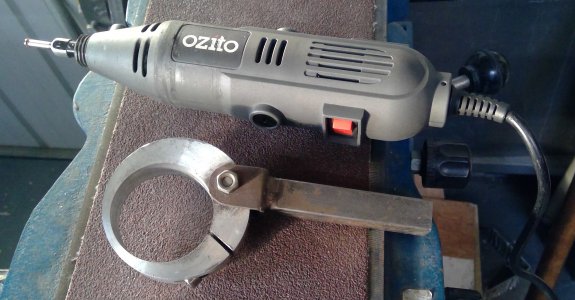 WIN_20220803_16_03_27_Pro.jpg672.2 KB · Views: 45
WIN_20220803_16_03_27_Pro.jpg672.2 KB · Views: 45 -
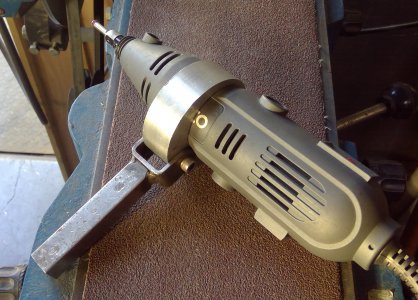 WIN_20220803_15_55_55_Pro.jpg809.5 KB · Views: 43
WIN_20220803_15_55_55_Pro.jpg809.5 KB · Views: 43 -
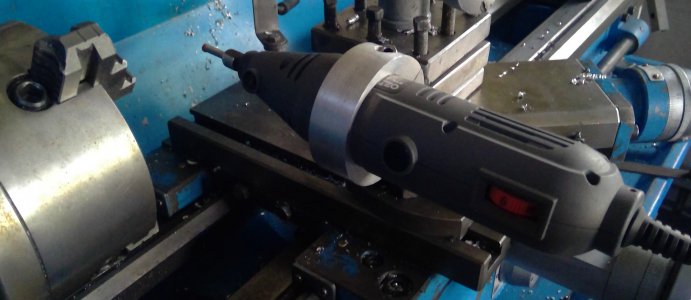 WIN_20220803_15_58_41_Pro.jpg248 KB · Views: 41
WIN_20220803_15_58_41_Pro.jpg248 KB · Views: 41 -
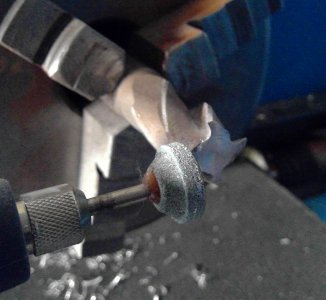 WIN_20230811_13_56_20_Pro.jpg321.2 KB · Views: 43
WIN_20230811_13_56_20_Pro.jpg321.2 KB · Views: 43 -
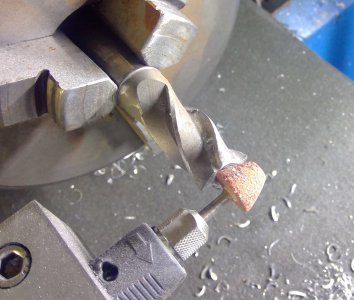 WIN_20230811_14_02_18_Pro.jpg331.8 KB · Views: 42
WIN_20230811_14_02_18_Pro.jpg331.8 KB · Views: 42 -
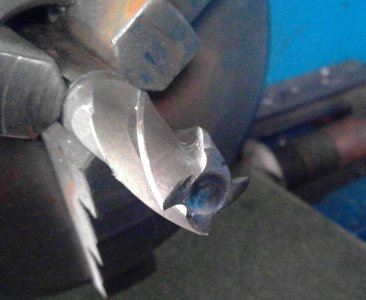 WIN_20230811_14_02_53_Pro.jpg414.5 KB · Views: 43
WIN_20230811_14_02_53_Pro.jpg414.5 KB · Views: 43 -
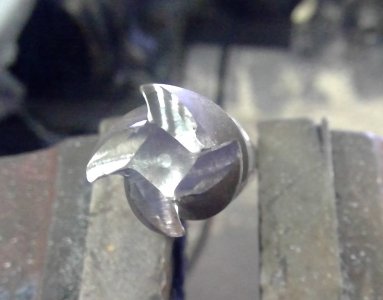 WIN_20230811_14_41_11_Pro.jpg130 KB · Views: 43
WIN_20230811_14_41_11_Pro.jpg130 KB · Views: 43 -
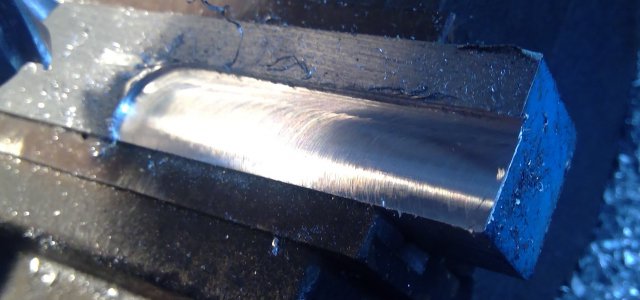 WIN_20230811_14_45_19_Pro.jpg355.7 KB · Views: 47
WIN_20230811_14_45_19_Pro.jpg355.7 KB · Views: 47

